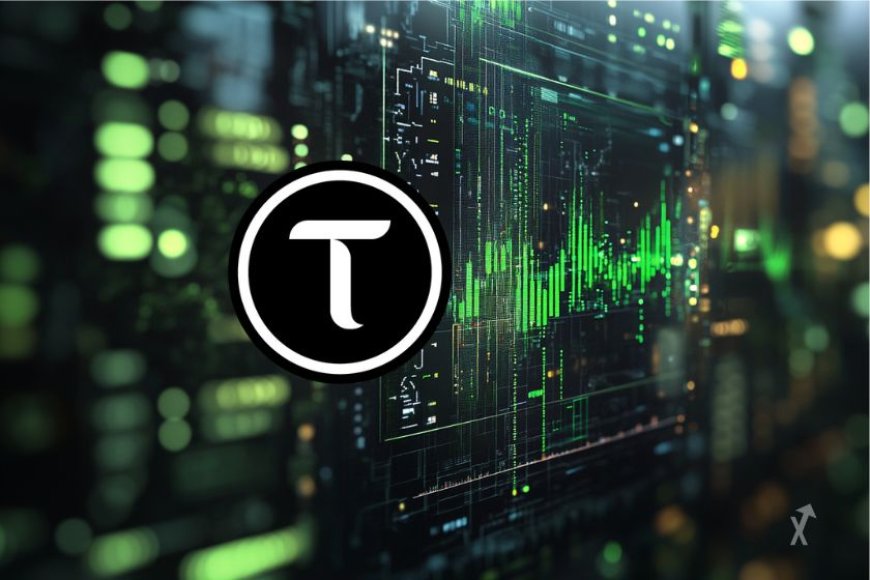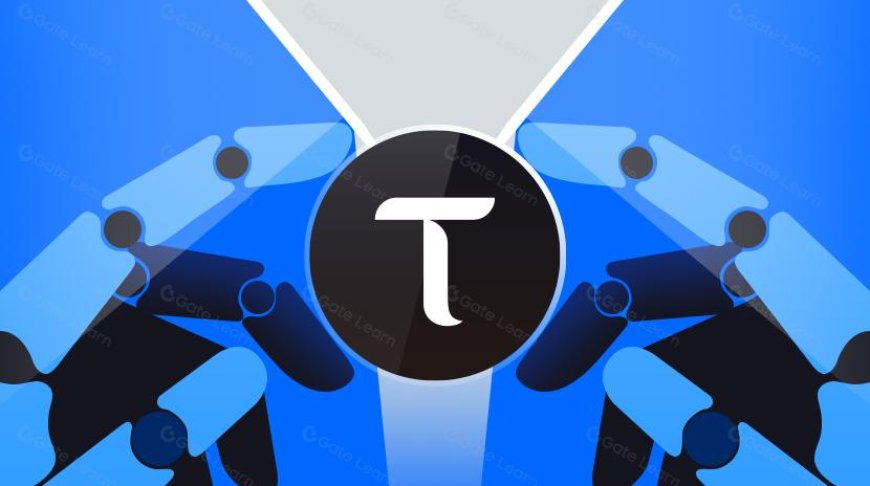BitTensor: Decentralizing AI Development through Blockchain Technology
Artificial Intelligence (AI) is rapidly evolving, with centralized entities like Google, OpenAI, and other tech giants dominating the field. However, as AI grows, so do the concerns surrounding centralized power and the unequal distribution of resources

Introduction
Artificial Intelligence (AI) is rapidly evolving, with centralized entities like Google, OpenAI, and other tech giants dominating the field. However, as AI grows, so do the concerns surrounding centralized power and the unequal distribution of resources. BitTensor, an open-source protocol co-founded by Allah Shabana, aims to change this by decentralizing AI development through blockchain technology. In this article, we’ll explore the key aspects of BitTensor, including its mission, architecture, and potential impact on the AI industry.
The Shortcomings of Centralized AI
Before diving into the solution BitTensor offers, it’s essential to understand the current challenges facing centralized AI development:
1. Non-Compounding Nature of AI Models: Despite the vast amount of research published each year, AI models today are inherently non-compounding. New models are typically trained from scratch, making the process inefficient and wasteful. Each time a researcher develops a new model, they cannot directly build upon the existing models’ knowledge; they have to relearn and re-engineer the process.
2. Limited Access to Compute Resources: Access to powerful computing resources is primarily limited to big companies and well-funded academic institutions. This unequal access prevents smaller developers and independent researchers from competing and contributing to AI development meaningfully.
3. Lack of Collaborative Effort for AGI: The quest for Artificial General Intelligence (AGI) requires a collective approach. No single company or organization can achieve this on its own. A decentralized approach harnessing the collective intelligence, talent, and resources of individuals worldwide is necessary to push AI boundaries forward.
Enter BitTensor: Decentralized AI on the Blockchain
BitTensor was founded to tackle these issues and promote a decentralized approach to AI research. The protocol aims to create a decentralized network of AI models that can interact, learn from each other, and grow collectively. But how exactly does BitTensor work?
How BitTensor Works
BitTensor leverages the concept of a decentralized mixture of experts to build a robust network. A mixture of experts is an architecture that allows a model to expand its capacity without a significant increase in computing power. It does so by routing inputs to specialized sub-models based on their relevance.
In the BitTensor network:
· Models Operate as Neurons: Individual models, known as neurons, reside on different computers across the network. These models can perform a variety of tasks within a given modality (currently focused on text). Neurons share knowledge, allowing them to build upon each other’s expertise.
· Incentivized Collaboration: Unlike traditional decentralized networks like SETI@home or Folding@home, which relied on altruism, BitTensor incentivizes its participants. Each neuron earns rewards based on its utility to the network. This incentivization structure encourages models to share valuable insights and collaborate to create more efficient AI systems.
· Flexible Model Roles: In BitTensor, models can act as producers or consumers. A producer generates valuable data and insights for others to learn from, while a consumer benefits from others’ contributions without necessarily contributing back. This flexible setup promotes diversity and collaboration within the network.

The Blockchain and Network Layers
BitTensor operates on two main layers:
1. Blockchain Layer: The blockchain ensures transparency and accountability. It records transactions, manages rewards, and monitors the ranking system that evaluates the utility of each neuron.
2. Network Layer: This is where the AI models (neurons) interact and exchange information. Neurons are ranked based on their value to the network, determined using methods such as the Fisher information matrix. This ranking system ensures that the most beneficial models are rewarded appropriately.
Mining and Governance in the BitTensor Network
In the BitTensor ecosystem, nodes can function as either miners or validators:
· Miners: These nodes host neural networks and train models compatible with BitTensor’s API. They contribute by sharing their models with others while also learning from the network to improve their own models.
· Validators: Validators ensure the network’s integrity by verifying the authenticity of models and ensuring fair ranking. They prevent dishonest behavior, such as manipulating rankings through the deployment of multiple nodes.
The Role of TAO Cryptocurrency
The BitTensor network uses its native cryptocurrency, TAO, to incentivize participation. TAO is designed to reward useful contributions, aligning with BitTensor’s mission to decentralize AI development. Some key points about TAO include:
· Proof of Work Requirement: To join the network, nodes must provide proof of work, which requires substantial computational effort. This measure ensures that only serious participants enter the network and helps prevent malicious actors from flooding the system with low-quality nodes.
· Rewards for Utility: Nodes earn TAO based on their contributions. The TAO earned can be exchanged for other assets through a decentralized exchange built on the Polkadot network.
Decentralized Governance
Currently, the BitTensor network is managed by the Open Tensor Foundation, composed of its co-founders and team. However, the long-term vision is to create a decentralized, autonomous organization (DAO) where TAO holders can participate in governance decisions. By staking their TAO, participants will gain voting rights, earning dividends and influencing the network’s evolution.
BitTensor’s governance model differs from that of traditional cryptocurrency networks like Bitcoin, as it involves constant adjustments to parameters like batch sizes and sequence lengths to ensure network efficiency. The goal is for the community to eventually take control of these parameters, promoting a fully decentralized approach to AI development.
BitTensor’s Roadmap: Future Expansion and Development
BitTensor has ambitious plans for the future, aiming to expand its capabilities beyond text-based analysis and into other modalities such as image and audio. Some of their key goals for the next 24 months include:
1. Developing Advanced Text Models: The initial focus is on solving text-based analysis problems to demonstrate the efficacy of the consensus mechanism and to create state-of-the-art models.
2. Expanding into New Modalities: By integrating subnetworks for images and audio, BitTensor aims to diversify its AI capabilities, creating a comprehensive AI ecosystem.
3. Listing TAO on Exchanges: The team is working to ensure TAO can be legally listed on decentralized exchanges, providing liquidity and incentivizing further participation.
The Vision: A Borderless AI Network
BitTensor’s ultimate goal is to create an interconnected, global network of AI models that operate autonomously and grow continuously. By connecting enough nodes, BitTensor envisions a network more powerful than most supercomputers, making AI development accessible to individuals and smaller organizations that traditionally lack resources.
This vision aligns with the broader goal of decentralization: removing barriers and ensuring that anyone with the skills and computational resources can participate in and benefit from AI development.
Conclusion
BitTensor represents a pioneering effort to decentralize AI development through blockchain technology. By addressing the shortcomings of centralized AI, incentivizing collaboration, and building a decentralized governance model, BitTensor is paving the way for a more equitable and innovative AI landscape. With its unique approach and ambitious roadmap, BitTensor could revolutionize how AI models are built, trained, and utilized on a global scale.
Source : @The Bittensor Hub.














